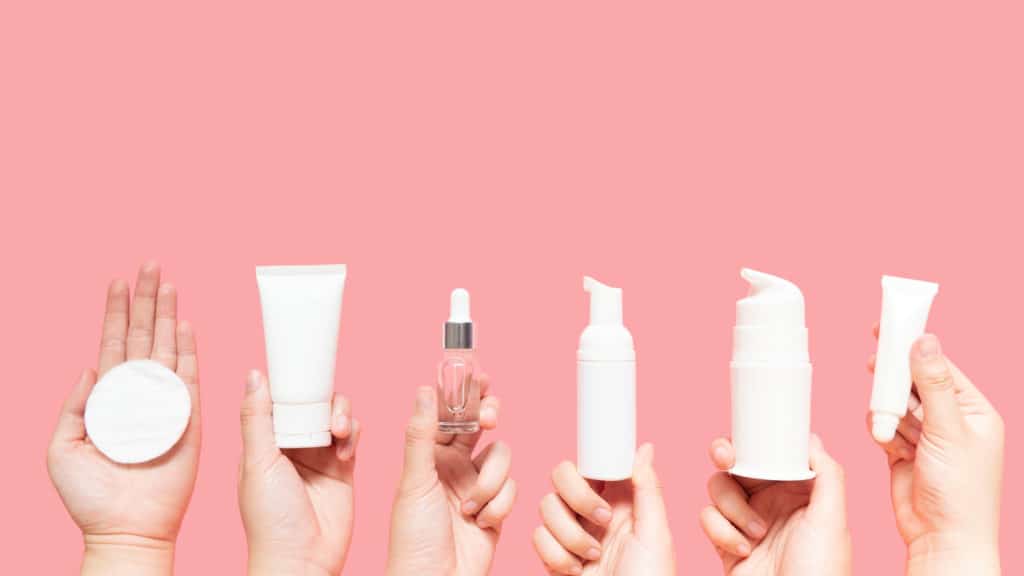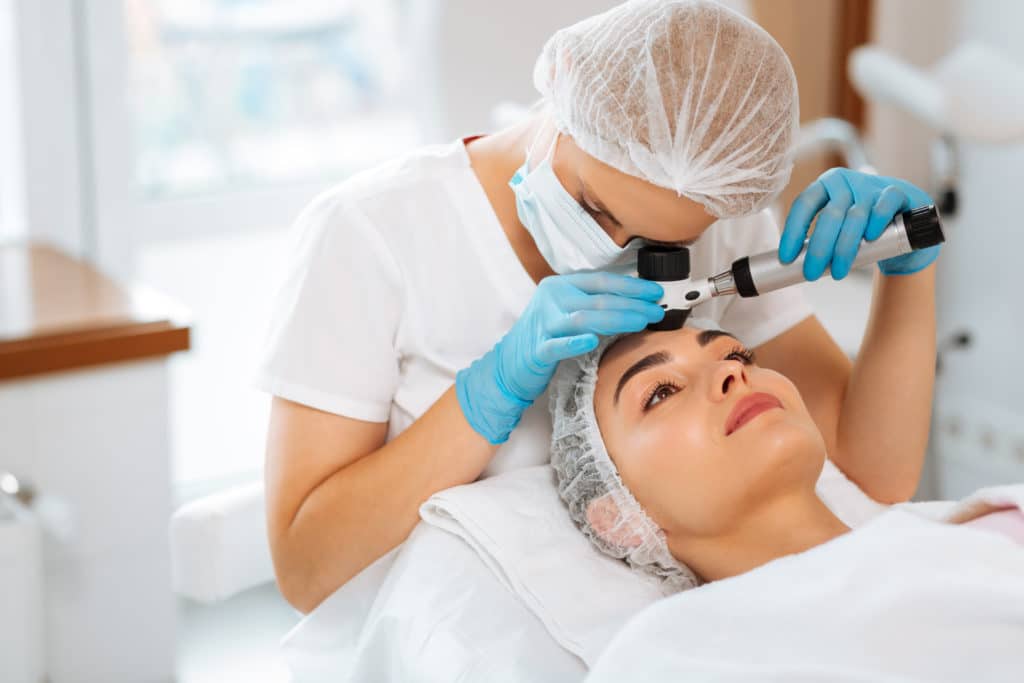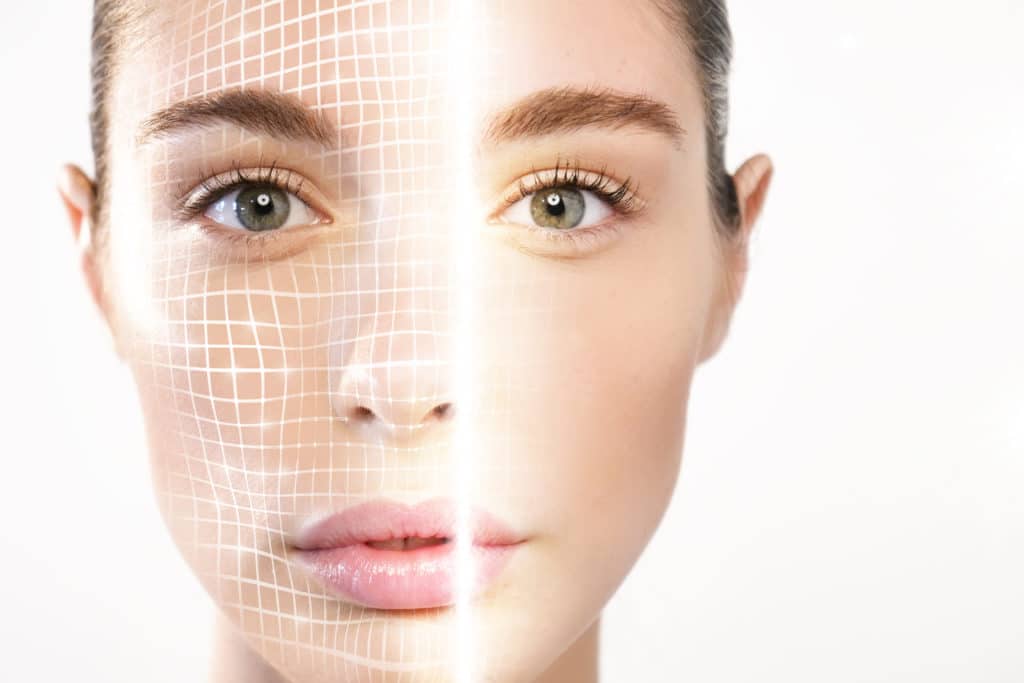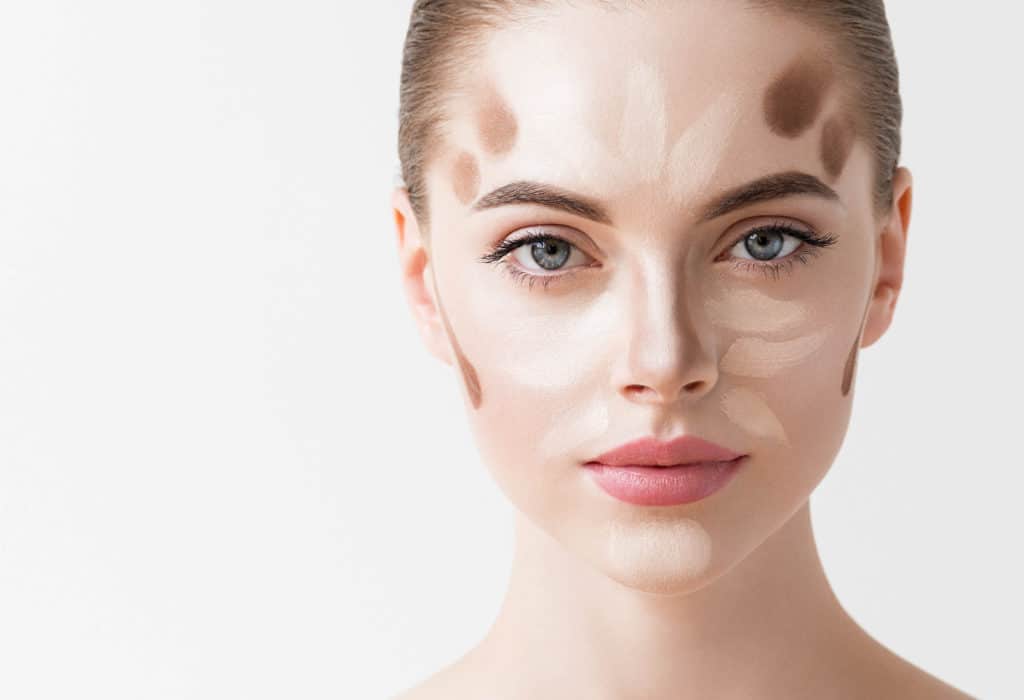The Science of Beauty
Beauty is in the eye of the beholder, and that means there is no set definition of what beauty is.
But that hasn’t stopped scientists from trying to uncover what beauty is, how it affects us and – most importantly – how we can use it to our advantage in order to be the most attractive and confident versions of ourselves.
Let’s take a look at the science of beauty.
The Science of Beauty Products

The cosmetics industry are always researching and experimenting with new products and ingredients to find out what will make us more beautiful.
Science is constantly used to develop the most innovative solutions. Wrinkles, pigmentation, blemishes, frizzy hair – these are all seen as issues needing to be eradicated in order to make us more beautiful.
If you’ve ever read the back of a moisturiser bottle before, you’ll realise immediately how much science and technology goes into their ingredients. Names like alpha-hydroxy acids, glycolic acid and salicylic acid are all commonly used.
But what do they do? Here’s an example of some of the ingredients you can expect to see on high-quality skincare:
Alpha-Hydroxy Acids
Also known as AHA’s, these are a popular beauty trend at the moment. It is a type of acid that helps to gently exfoliate and slough away the top layer of dead skin. This can help clean blackheads and whiteheads away, leaving the complexion clear of blemishes. It helps reduce the appearance of fine lines and wrinkles. It can also help even the skin tone, reducing hyper-pigmentation and revealing glowing, healthy skin.
They are to be used several times a week depending on how sensitive your skin is and it is advised you use an SPF during the day when using it as it makes the skin more sensitive to sun damage.
Glycolic Acid
Glycolic Acid is a type of AHA. It’s deemed to be the most popular due to its small molecular size, meaning it penetrates the skin with ease.
This also means it’s able to get deeper down to help the skin produce more collagen, which keeps out skin elastic and young-looking.
Users are advertised to start with a once-a-week application and work up from there gradually to allow the skin type to adapt to its use. Everyone’s skin is different, so some people may use it more during the week than others.
Salicylic Acid
Salicylic Acid is a beta hydroxy acid, or BHA. It’s great for people who are blemish-prone or have oily skin as it helps to exfoliate the skin and unclog pores. It also has antibacterial properties.
According to your skin type, Salicyclic Acid can be used daily in a cleanser as a gentle cleaning treatment.
Retinoids
Retinoids like Retinol are used to improve acne, scarring, unevenness, pigmentation and fine lines and wrinkles, and skin hydration.
Found in Vitamin A, it’s a commonly used ingredient found in many anti-ageing skincare products.
Hyaluronic Acid
Hyaluronic Acid is found naturally in our skin. Over time (or due to unhealthy lifestyle choices such as smoking or a bad diet), our Hyaluronic Acid levels are depleted. Re-applying it in our skincare helps treat wrinkles as well as increase the skin’s hydration and firmness.
It is often used in conjunction with Vitamin C to help with skin absorption.
Ascorbic Acid
Ascorbic Acid, aka Vitamin C, is an antioxidant ingredient which brightens the skin. It helps with collagen in the skin and decreases the appearance of scarring, fine lines and sunspots. It can also decrease the appearance of freckles.
Learning about the Science in Beauty

There are many professionals out there who understand and work with the science behind beauty. A doctor, dermatologist and aesthetician all have varying degrees of understanding. Even your hairdresser will have some training in science, as they have to understand which chemicals to apply when.
Doctors
A doctor is able to prescribe skin medication to help with acne, eczema, psoriasis, rosacea and other concerns. They may also be able to refer you to a specialist if you’re concern is not something they know much about.
A doctor spends 10+ years studying in their relevant field and must have good grades.
Dermatologist
A Dermatologist is a doctor that specialises in skin, hair and nail health. They too are able to prescribe certain medications for your beauty concerns. They must attend medical school and do advanced education after this to specialise in dermatology.
Unlike a doctor, they have more knowledge of skin-specific products.
Dermatologists can also deal with more serious skin conditions like melanoma (skin cancer).
Aesthetician
An aesthetician is a licensed skin specialist. They typically work in a medical setting, while estheticians are found in spas and salons. Their training can take around 3 years.
They deal with less-evasive skin treatments like facials. They can’t prescribe or advise on medication.
Using Beauty Science to Look Your Best

There’s plenty of other ways science impacts our beauty other than products. According to science, facial symmetry is something we find attractive from an early age.
We also tend to like faces that are more “average” – not average as in so-so, but mathematically average. So we like faces that emulate the mathematical average of other people’s features. This may be because they look more familiar to us, or it could be because we are biologically predisposed to prefer these sorts of faced; some scientists believe there are biological advantages to being attractive.
The Golden Ratio
This ideal of beauty isn’t a recent thing. In fact, the Ancient Greeks believed beauty was represented by something called “the golden ratio”. The golden ratio was a ratio of 1:1.618 which could be deemed wherever it was seen, whether on architecture, nature or – you’ve guessed it – on our faces.
Advantages of Being Beautiful
This ideal of beauty even affects how we pre-judge people’s personality, kindness, and cleverness. Those deemed more “attractive” are more likely to be hired and to make more money, and people judge them to be smarter and more giving than below-average looking people. Whilst we know judging people on their looks is a bad thing, it’s unfortunately ingrained in us (and in animals, too). We are all guilty of occasionally judging others on their looks, and it’s important to recognise this prejudice and not let it affect our treatment of others.
How to Use Beauty Science to Our Advantage

There are things we can do to utilise this scientific research and make ourselves appear more scientifically “attractive”. As well as having a good skincare and haircare regime, we can use make-up to alter our appearance to create a you-but-better appearance.
To do this, we need to understand the key principles of an attractive face are according to science.
As well as having good symmetry to the face (no one’s face is perfectly symmetrical, and the most attractive are just seemingly so), there also need to be good spacing (the golden ratio). Without going into the nitty-gritty, this essentially means there needs to be a decent spacing between the eyes and brows, eyes should be similar in shape and size, and the jaw should be smooth.
Luckily for us, these are all things that can be done with make-up. Contouring is an easy and effective way to visually alter the face.
By evening out our features (shrinking a larger nose with contouring, placing shadow/bronzer on a high forehead to make it appear lower etc), you can even out your facial features to be more scientifically attractive – no surgery necessary.
The right haircut can also make a huge difference to your appearance. If you’re unsure what type of cut would suit you best, talk to your hairstylist, who should be able to advise which cuts would flatter you most.
How Colour Can Make You More Attractive
Don’t forget to take colours into consideration! Your skin tone will look best with certain colours. Understanding what undertone your skin has (cool, warm or neutral) will enable you to easily choose the right colour palette for your clothes and hair.
An easy way to decide what undertone you have is to look at the veins on your wrists. Blue veins generally mean you are cooler, while green veins usually mean you are warmer. Those in the middle are considered neutral, meaning they have the best of both worlds!
If you can’t decide on your own, nip to your local beauty shop and ask a beauty advisor if they can help. They may have differing opinions, so ask a few people and try some foundations to see which matches your skin tone best. Foundations usually have cool, warm or neutral names, which should help you determine what undertone you have.
The right colours will make your skin and eyes glow; the wrong ones could make you look washed out.
Some colours are deemed more attractive on their own. People who wear red are seen as more attractive, while black is also seen as a flattering colour.
The Beauty of Being Unique
Of course, it’s important to take this with a pinch of salt. Remember that not everyone has the same opinion of what beauty is. A lot of models and celebrities have unique, oddly shaped faces and are deemed beautiful because they stand out from the norm. Tyra Banks embraces her large forehead, Molly Bair loves her huge eyes and Daphne Groeneveld adores her big lips.
If you don’t match the scientific beauty mould, don’t panic – hardly anyone does naturally, and it certainly doesn’t stop you from being beautiful!